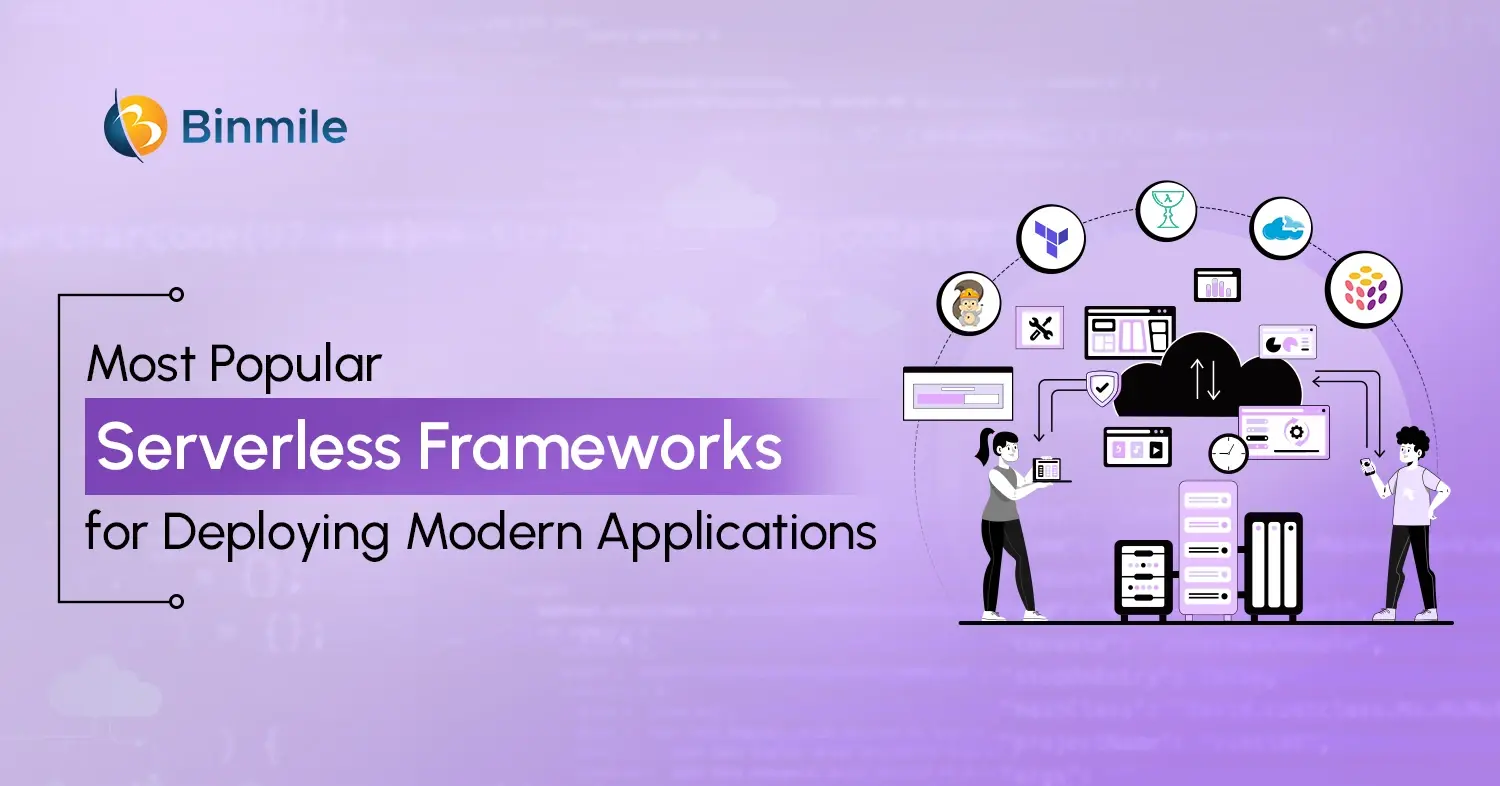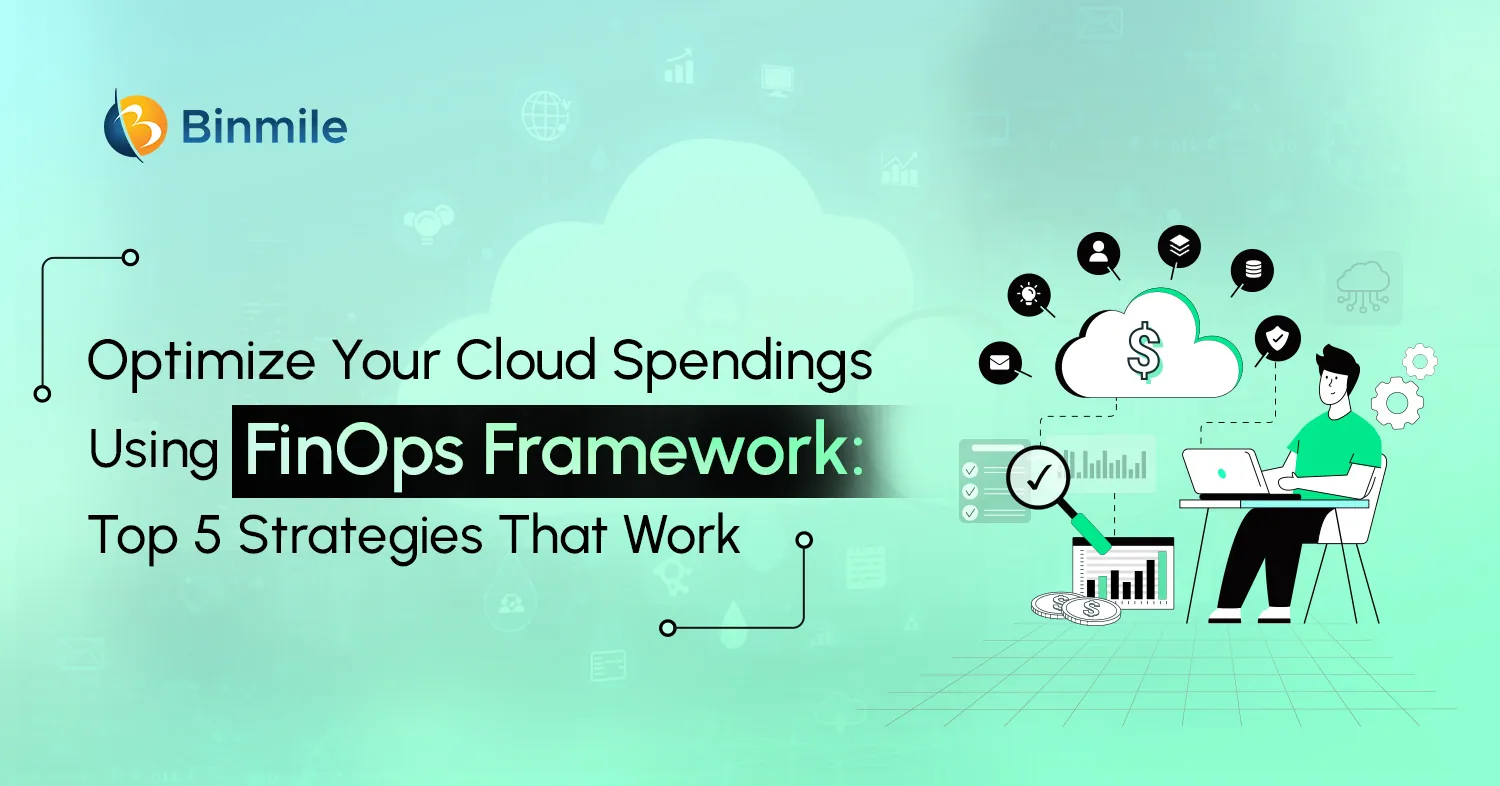The cloud-first strategy is the buzzword in the cloud computing world. It allows business enterprises to save costs on software, platforms, and infrastructure. The Cloud-first approach is a part of the digital-first approach under the purview of digital transformation services which keeps organizations free from the tension of building their tech stack. Just subscribe to a cloud service provider and take premium services at affordable costs. This cloud strategy lets the service provider take advantage of the economics of scale. Contrary to this, the strategy enables businesses to gain access to high-end services at reduced costs.
According to a global research company, Garnter Inc., the global end-user expenditure on public cloud services is assumed to grow 18.4 percent in 2021. Ref. When it comes to cloud costs, enterprises waste about 30% of their cloud spending. Moreover, organizations seem to be stressed by under-budgeting their cloud requirements by 23%. According to Accenture, about 93 percent of enterprises have built up to a multi-cloud strategy. This trend indicates that more business organizations will advance entirely cloud-native apps with limited architectural dependence on cloud service providers. Read here what a cloud-first strategy can do for business enterprises when it comes to making technology decisions.
Growing Utility of Cloud Computing for a Technological Edge
The term ‘cloud first’ simply means adopting cloud-based technology solutions before your competitors. The UK government announced a ‘cloud first’ policy for taking all technology decisions in 2013. The government defined the policy as ‘Departments remain free to select a substitute to the cloud but will need to validate that it offers better worth for money.’ A large number of enterprises have already adopted a cloud-first policy. Small and medium enterprises can also move towards this approach without thinking of in-house expertise and guidance.
Cloud-first strategies are operations strategies where in-house technical teams move existing infrastructure to cloud-computing platforms. Amazon web services, Google Cloud, or Microsoft Azure services are popular platforms for having subscription-based cloud services. This strategy lets you get critical and secure resources without arranging the required infrastructure. Developers who have adopted a cloud-first mentality find it useless to add their servers to physical locations. Cloud-first teams think of servers as software to accomplish a business function. The cloud computing models or stack has three tiers that include:
- Infrastructure as a service (IaaS) – Hardware and software empowering the cloud computing system consisting of the operating system, storage, servers, and networks
- Platform as a service (PaaS) – A set of tools and services ensuring the coding and deployment of apps in an efficient manner
- Software as a service (SaaS) – The software and apps built for end-users delivered over the web via cloud computing platforms
Read More: Anything as a Service Model in Cloud
Benefits of a Cloud-First Strategy
When you adopt a cloud-first strategy, your business gets independence from maintaining and managing your on-site technology stack. All business enterprise types can benefit from cloud growth by getting quick access to modern technologies. It is not easy to manage competition and give value to software products with on-premise alternatives. That is why a cloud subscription to a service provider for infrastructure, software, and platforms lets you achieve operational excellence and save costs. When you go with a cloud consulting service provider, you needn’t demand skills, talent, and resources to do complex technical tasks. Cloud-first strategy can help you manage and make technical decisions. Expect the following benefits with a cloud computing strategy.
- Scalability
- Configurability
- Reproducibility
- Reliability
- Cost
- Observability
It is up to your business to take a cloud-first strategy or not. You need to know if it is a significant fit for you. Before adopting a cloud strategy, it is mandatory to see if you are comfortable with the strategy. Cloud computing isn’t the only choice for every enterprise type.
Also Read: Google Cloud Vision API for eCommerce Product Discovery
Factors Driving Your Interest in Cloud
The low cost of cloud-first practices and scalability make cloud computing the first choice of all. Primary factors driving your potential interest in the cloud within your organizations include:
- Always available access to applications/data
- Control over the cloud environment
- Cost savings
- Improved data backup services/disaster recovery
- Improved mobility for the workforce
- Improved productivity
- Long-term IT strategy
- More storage capacity
- Moving from capital expenses to operating expenses
- The reduced on-site infrastructure needed
- Reduced workload for the internal IT department
- Scalability or flexibility in terms of capacity needed/paid for
Learn More: Edge Computing vs Cloud Computing
Summing Up
Adoption of hybrid cloud management and development services, the rise of distributed cloud, serverless computing, cloud-based disaster recovery adoption, the rise of the platform as a service, edge computing, artificial intelligence development services, and multi-cloud services are the trends that will prevail in the cloud computing scenario in 2021 and coming years too. That is why you need to get help from a qualified cloud computing expert who helps you develop an infrastructure with SaaS, Paas, and IaaS cloud offerings.
A dedicated account representative, one point of contact, IT expertise, multiple public and private cloud offerings, price, relationships with credible suppliers, reliability, reputation, and technical support are some of the significant factors you need to consider while picking up a cloud partner.









